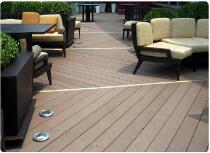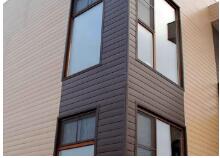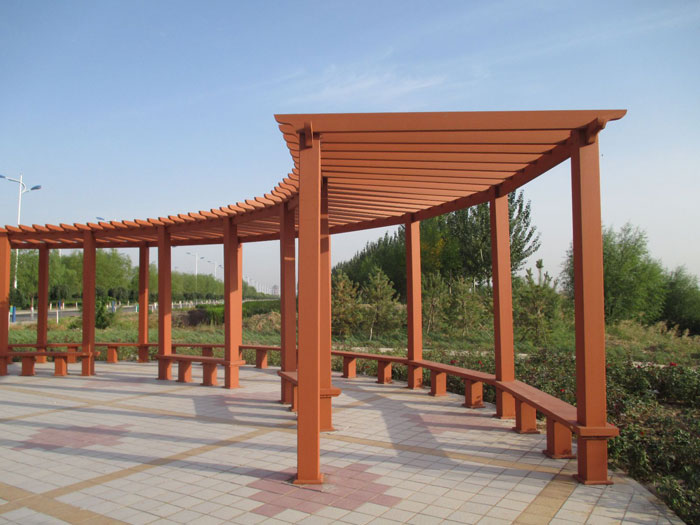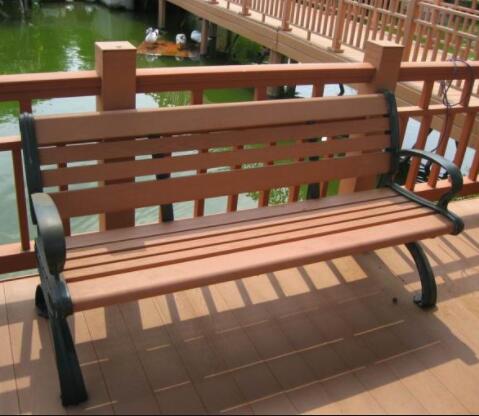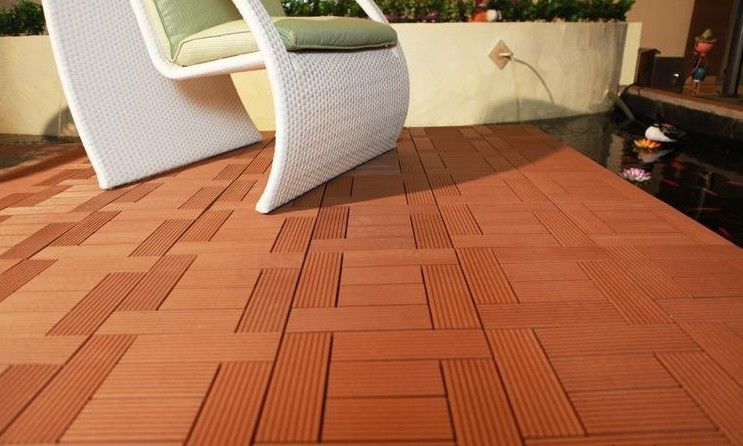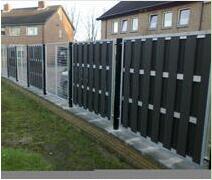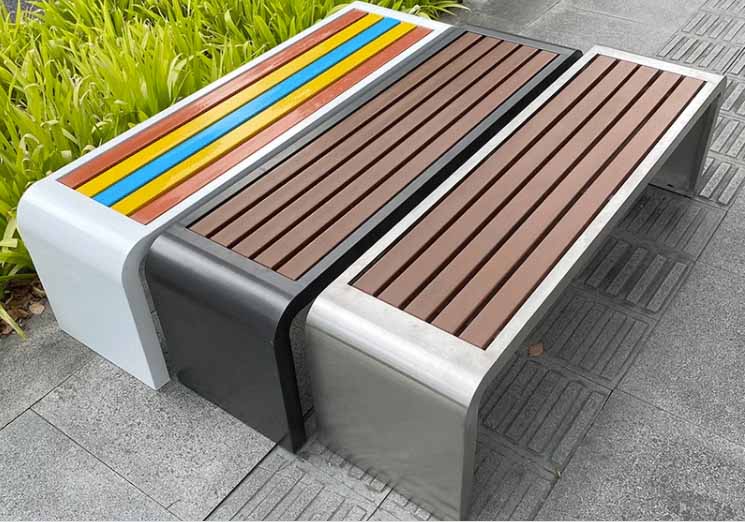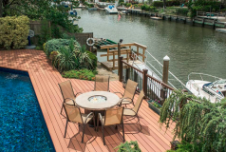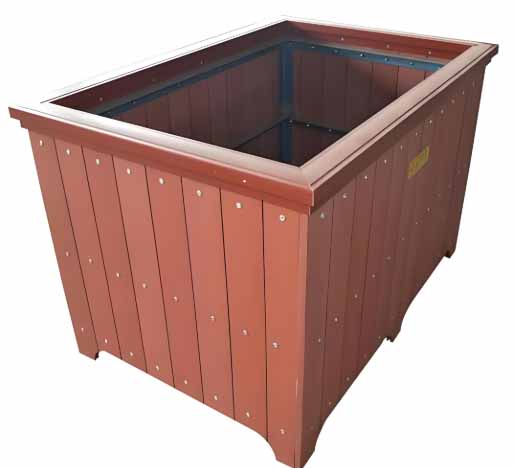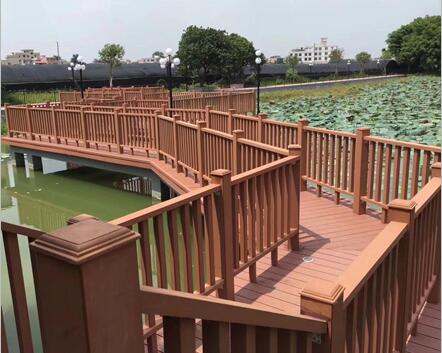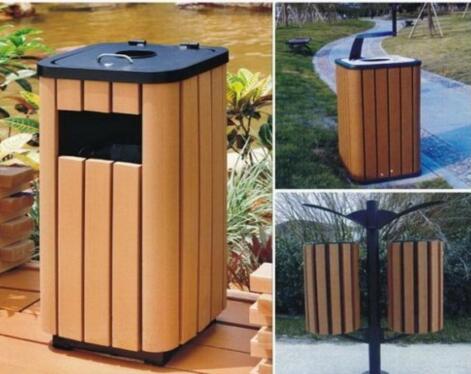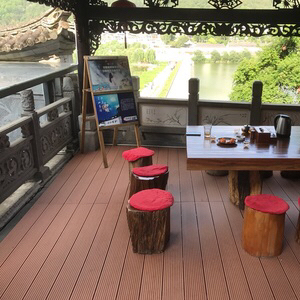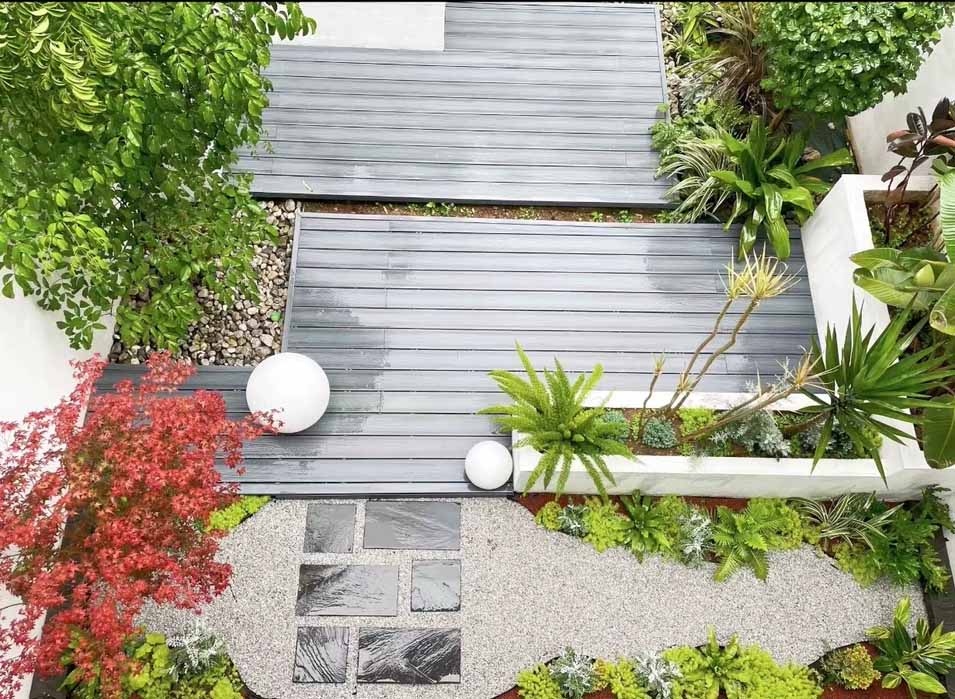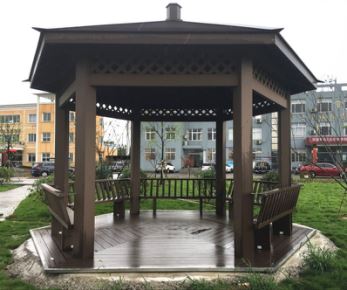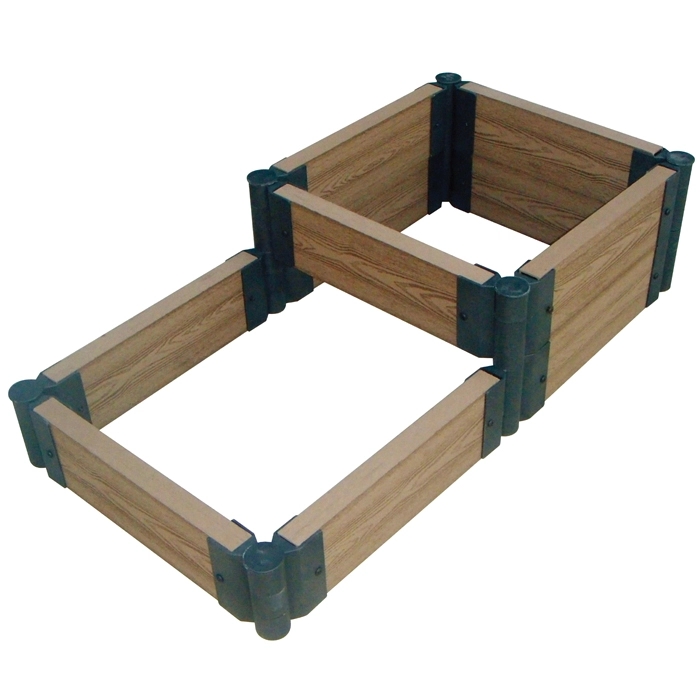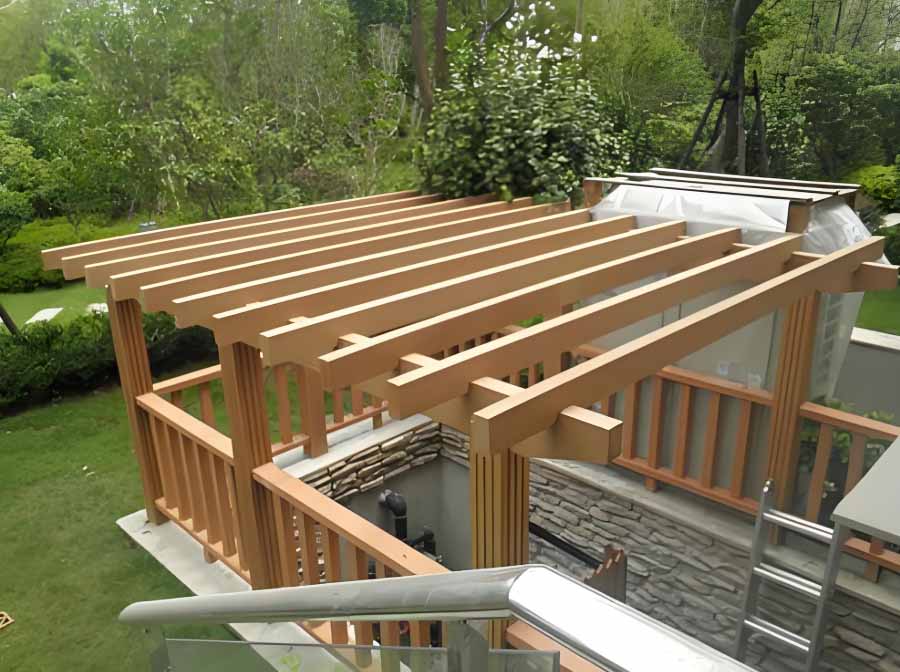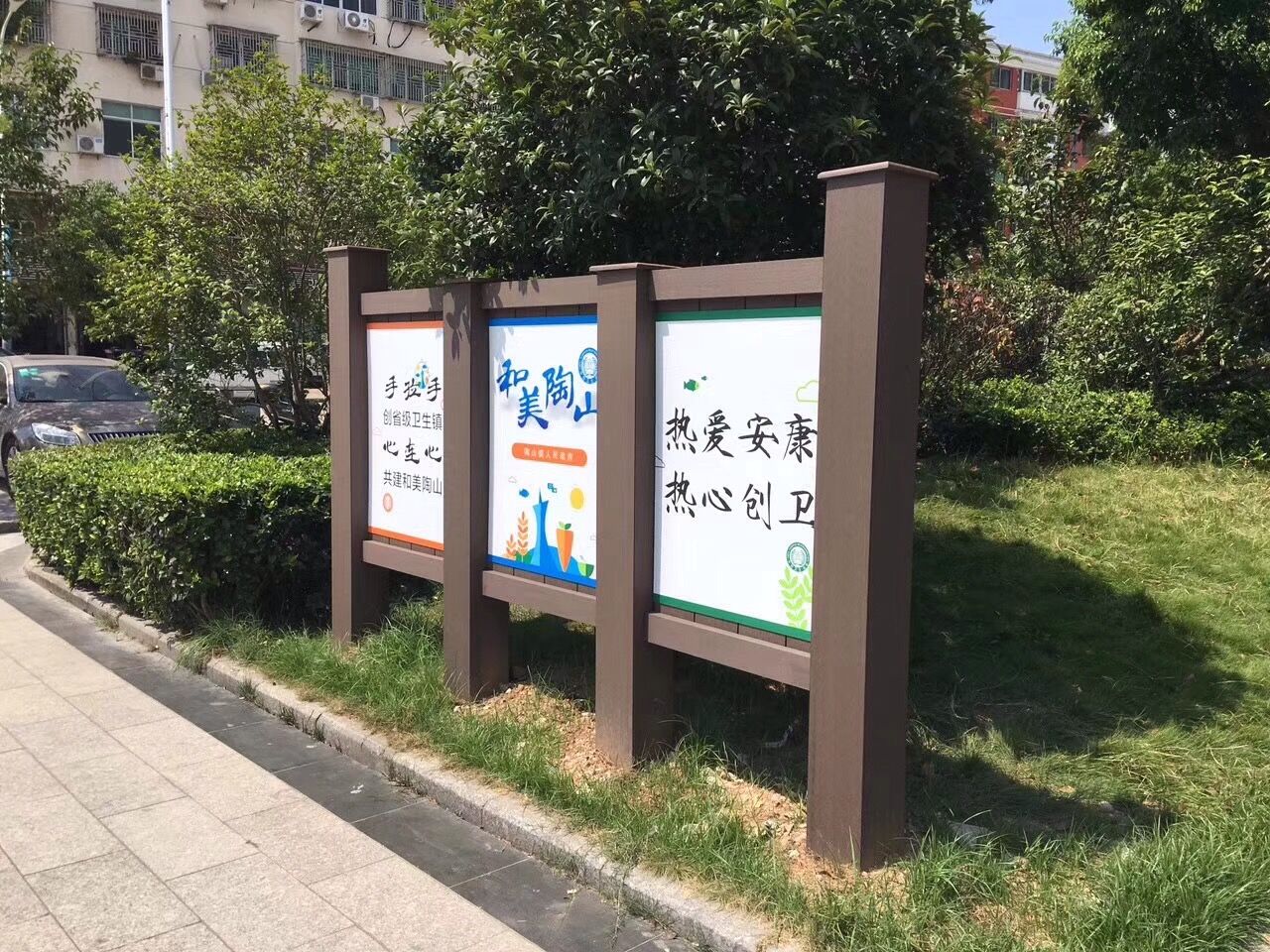Driven by the trend of globalization and environmental protection, the Indonesian wood plastic industry is standing at a new historical starting point. As an innovative material combining Wood fiber and Plastic, wood-plastic Composite (WPC) is gradually changing the traditional construction, decoration and furniture manufacturing industries with its environmental protection, durability and easy processing properties.
Let’s take a look at what is wood plastic. WPC is a composite material made of wood fiber or powder mixed with plastic. It retains the natural look and feel of wood, but also has the characteristics of plastic water, moth and corrosion resistance. This material can be used in a wide range of indoor and outdoor environments, such as floors, fences, decks, gazebos, etc.
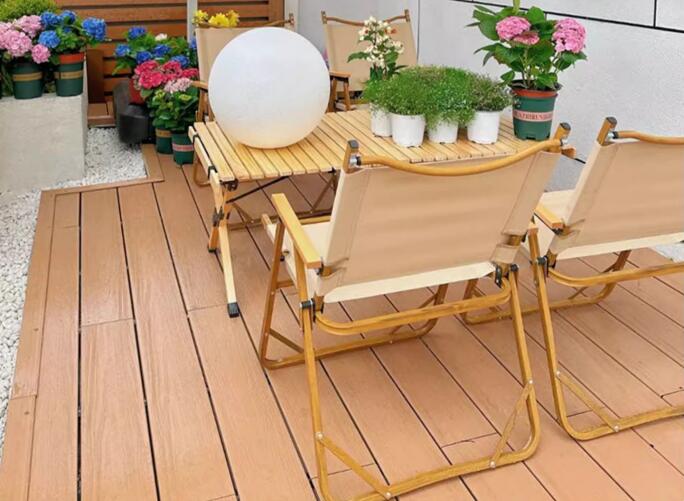
In Indonesia, the future of wood plastics is promising. As one of the largest archipelagic countries in the world, Indonesia has rich wood resources, providing a natural advantage for the production of wood plastics. However, with the increasing global concern for forest conservation, the Indonesian government has also begun to implement stricter forestry management policies to reduce environmental problems caused by illegal logging and overexploitation. In this context, WPC becomes an ideal alternative that not only makes efficient use of wood resources, but also reduces dependence on primary forests.
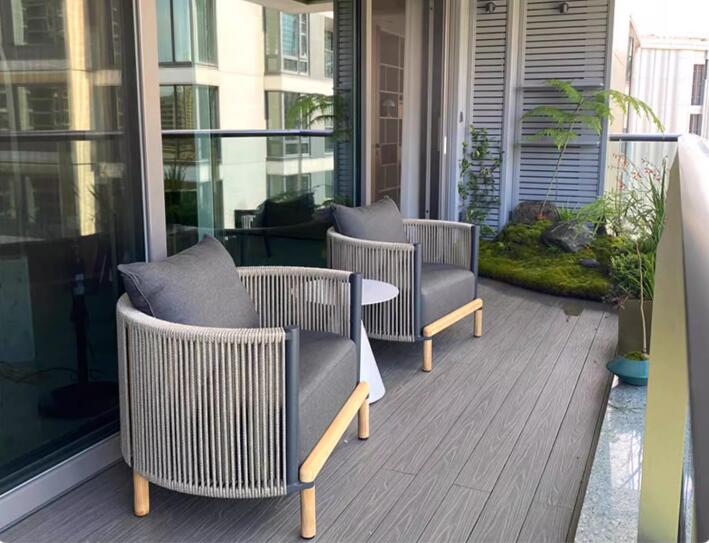
Technological innovation is the key factor to promote the development of WPC industry. In recent years, research institutions and enterprises in Indonesia have invested in research and development to improve the performance and application range of wood plastics. For example, by improving the formulation and adding special additives, the weather resistance, wear resistance and fire resistance of wood plastics have been significantly improved. In addition, some research is also aimed at improving the recyclability and degradability of wood plastics to reduce their impact on the environment.
In terms of the market, with the increasing demand of consumers for environmentally friendly and sustainable products, the acceptance of wood plastics in domestic and foreign markets is also increasing. In the domestic market, WPC is widely used in the landscape construction of parks, resorts and residential areas, and has become the first choice for outdoor furniture and building materials. In the international market, Indonesia wood plastic with its cost-effective and environmental characteristics, attracted customers from Europe, North America and other parts of Asia.
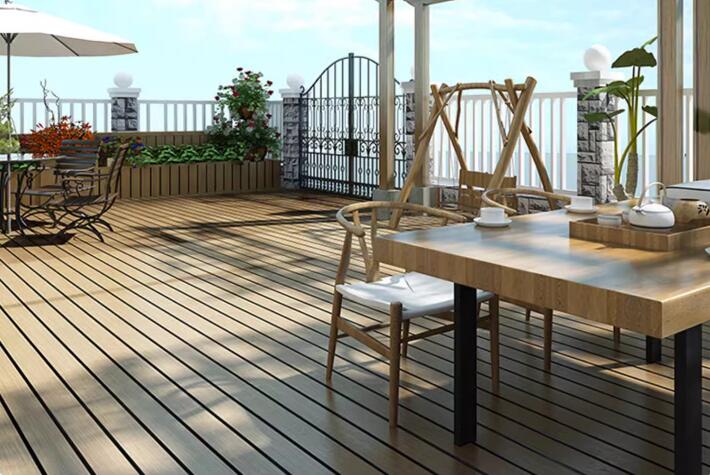
Policy support is also an important factor in promoting the development of the wood plastic industry. The Indonesian government has recognized the potential of the WPC industry in promoting economic development and environmental protection, so it has introduced a series of supportive policies. These policies include tax incentives, funding for technology research and development, and marketing help. In addition, the government also encourages enterprises to participate in international cooperation and exchanges to introduce advanced technology and management experience.
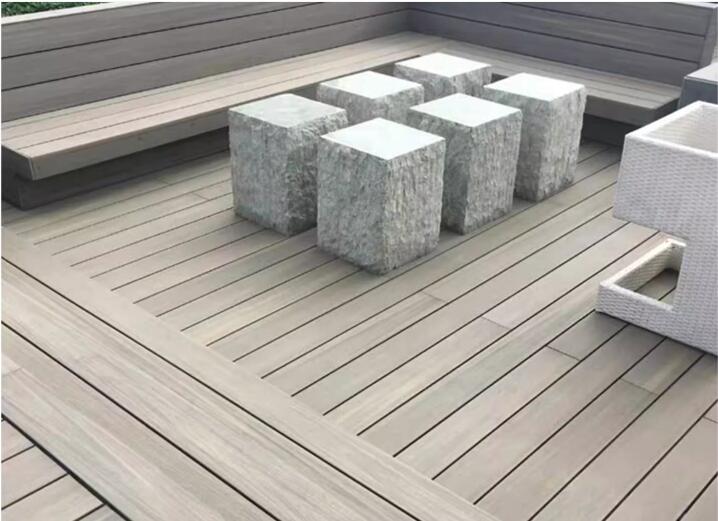
The development of the wood plastic industry is also facing some challenges. First, the market is increasingly competitive, especially from China and other Southeast Asian countries. Enterprises in these countries have certain advantages in terms of scale and cost, so Indonesian wood plastic enterprises need to continuously improve product quality and added value to maintain competitiveness. Secondly, the price fluctuation of raw materials is also a problem that cannot be ignored. Since one of the main raw materials of wood plastic is plastic, and the price of plastic is affected by international oil prices, enterprises need to reduce the risk of raw material costs through diversified procurement and long-term contracts.
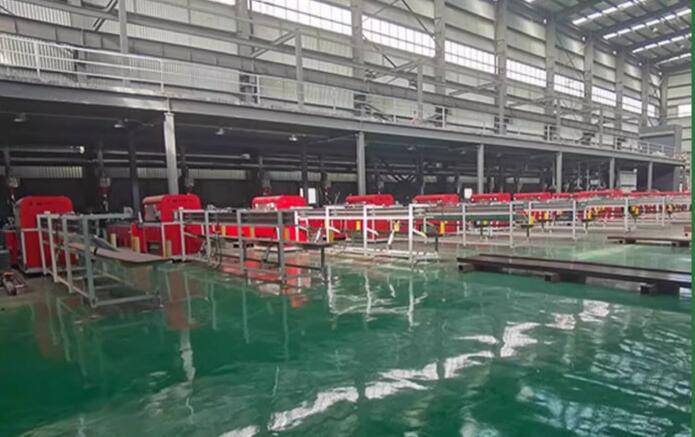
Looking ahead, the Indonesian WPC industry is expected to continue its growth momentum. With the continuous progress of technology and the further expansion of the market, WPC will play a more important role in the future construction and decoration field. At the same time, the Indonesian government and enterprises also need to continue their efforts to meet market and technological challenges through innovation and cooperation to ensure the sustainable development of the wood plastic industry.
The future of Indonesian wood plastics is full of opportunities and challenges. As an emerging industry, the development of wood plastics not only needs technical support and market cultivation, but also needs policy guidance and social attention. We have reason to believe that with the promotion of global environmental awareness and technological progress, Indonesia WPC will occupy a place in the future building materials market and contribute to the sustainable development of mankind.
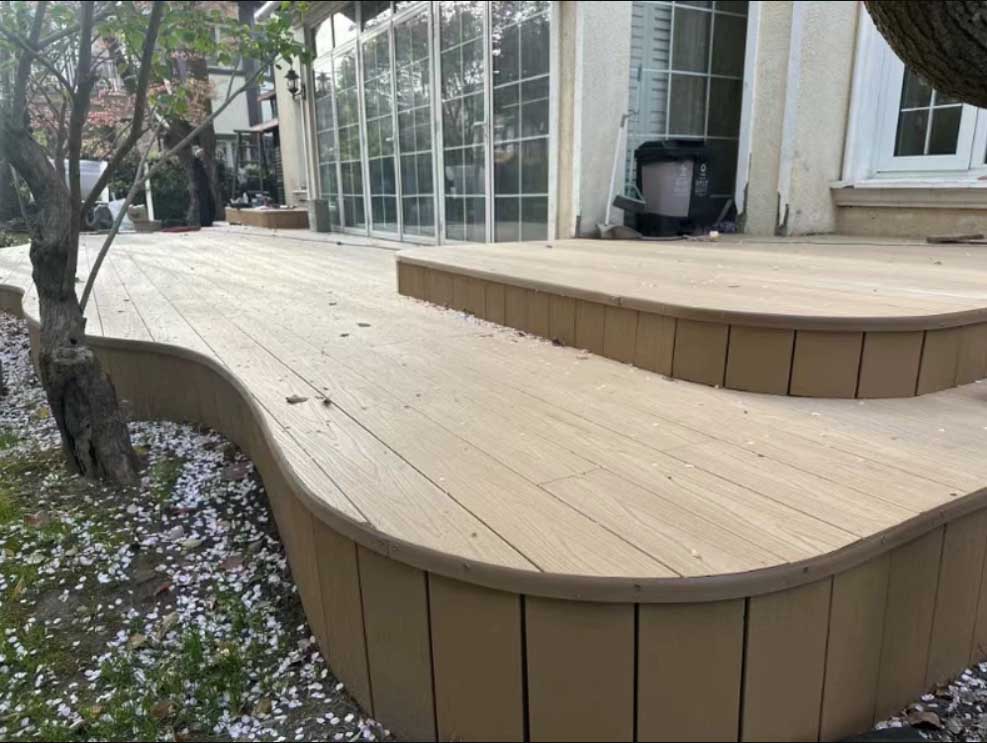
Indonesia has become one of the important WPC production bases in Asia, not only meeting the domestic market demand, but also exporting to other countries. With the advancement of production technology and the emergence of economies of scale, the quality and variety of WPC products have been significantly improved, and the price has become more affordable.


